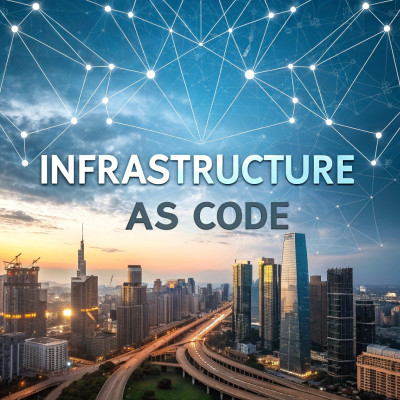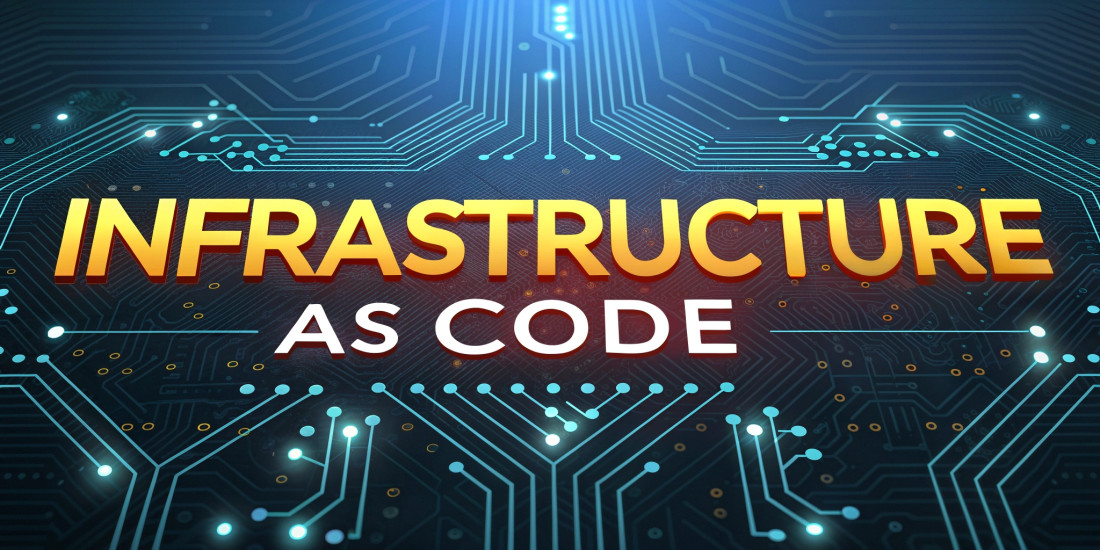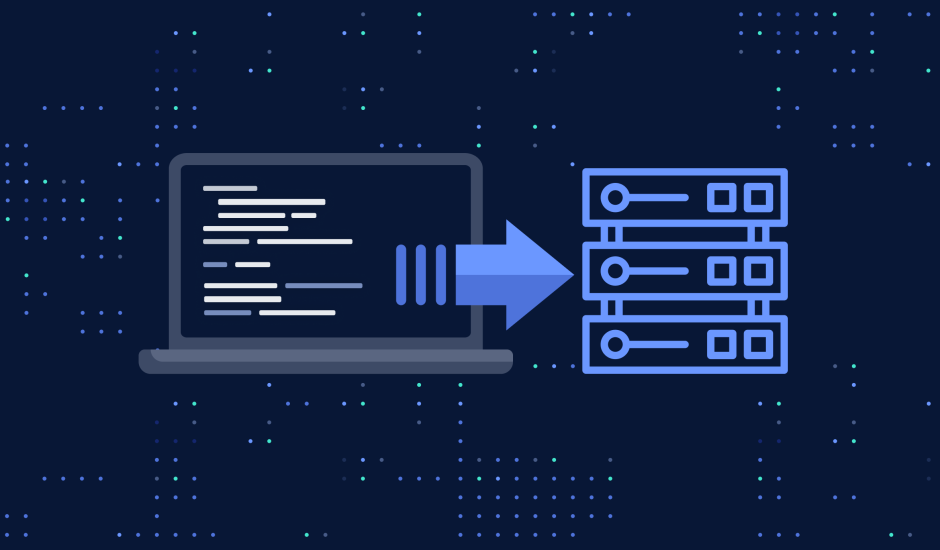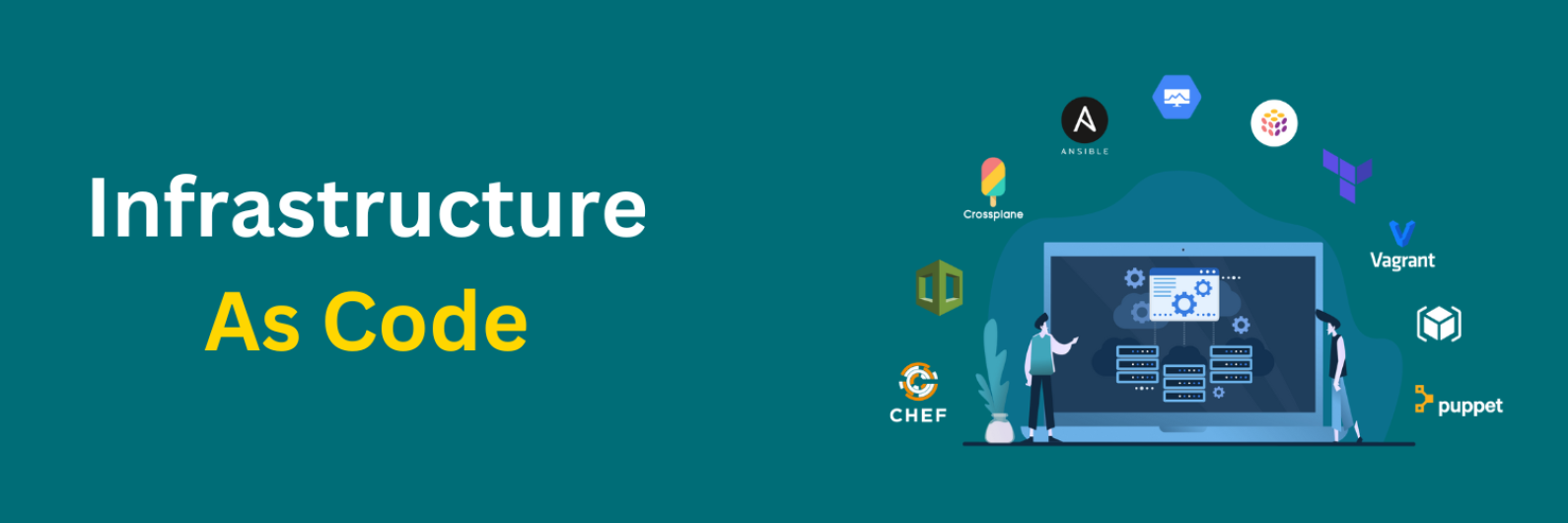Infrastructure as Code: Code, Create, Captivate
We have engineered several leading and secure apps that have allowed businesses to accelerate their growth and fully thrive. With us, you get cutting-edge development.
Get a Free Consultation
We Offer,
Infrastructure as Code
Infrastructure as Code (IaC) is a practice in which infrastructure and system configurations are defined and managed through code, rather than manually provisioning hardware or using GUI-based tools. It allows developers and system administrators to automate the setup and maintenance of infrastructure resources, ensuring consistency and scalability. By using code-based templates.

Cloudformation
AWS CloudFormation is a service that allows users to define and provision AWS infrastructure resources using templates written in JSON or YAML. It automates the creation, update, and deletion of resources, enabling users to manage infrastructure as code and maintain consistent environments across multiple AWS accounts and regions.

Salt Stack
SaltStack (Salt) is an open-source configuration management and orchestration tool that automates the management of infrastructure at scale. It uses a master-agent model, with Salt’s simple YAML-based configuration files and powerful remote execution capabilities for efficient system automation.

Puppet
Puppet is an open-source configuration management tool that automates the provisioning and management of infrastructure across multiple systems using its declarative language. It helps ensure consistency and compliance by defining infrastructure as code and automating system configurations.

Ansible
Ansible is an open-source automation tool that uses YAML-based playbooks to automate configuration management, application deployment, and system orchestration across multiple systems. It operates in an agentless manner, making it easy to manage and scale infrastructure without requiring additional software on managed nodes.

Terraform
Terraform is an open-source Infrastructure as Code (IaC) tool that allows users to define, provision, and manage infrastructure resources across multiple cloud providers using a declarative configuration language. It automates infrastructure management, ensures repeatability, and supports versioning for cloud environments.
About This Service
Infrastructure as Code (IaC) is a key practice in modern IT management and DevOps methodologies that involves managing and provisioning infrastructure through code, rather than manual processes or graphical user interfaces (GUIs). IaC aims to bring the benefits of software development to infrastructure management, such as automation, version control, and consistency, enabling teams to rapidly deploy, modify, and scale infrastructure resources across multiple environments.
Key Components of Infrastructure as Code:
-
Declarative vs. Imperative Approach:
- Declarative: In this approach, you define the desired state of the infrastructure, and the IaC tool automatically makes the necessary changes to reach that state. Tools like Terraform and AWS CloudFormation follow this model.
- Imperative: This approach involves specifying step-by-step instructions to reach the desired state, often seen in tools like Ansible and Chef.
-
Configuration Files: IaC uses configuration files to define the infrastructure setup. These files describe the infrastructure resources like servers, databases, networking, and storage in a machine-readable format. Common formats include:
- YAML: Used by tools like Ansible and SaltStack.
- JSON: Used by AWS CloudFormation.
- HCL (HashiCorp Configuration Language): Used by Terraform.
-
Version Control: One of the biggest advantages of IaC is the ability to store configuration files in version control systems like Git. This allows teams to track changes, roll back to previous versions, and collaborate more effectively. By treating infrastructure as code, it’s possible to maintain consistency and traceability of changes across environments.
-
Automation: IaC enables automation of infrastructure provisioning, management, and scaling. With automated workflows, the risk of human error is reduced, and teams can deploy infrastructure faster and more reliably. This is especially valuable in environments that require frequent updates, scaling, or consistency.
-
Consistency and Repeatability: Since IaC relies on code, infrastructure can be defined in a consistent manner across various environments. Developers can ensure that the infrastructure in staging mirrors the production environment, eliminating "it works on my machine" problems. This consistency helps avoid misconfigurations and minimizes downtime.
-
Scalability: IaC makes it easy to scale infrastructure resources up or down based on demand. By simply adjusting configuration files, infrastructure can automatically scale without requiring manual intervention, making it ideal for cloud environments.
-
Infrastructure Testing: With IaC, it's easier to test infrastructure configurations in isolated environments before deployment. Tools like TestInfra and ServerSpec allow teams to test and validate infrastructure setups before making changes to live environments.

Our Process
Our experts create a full brief of your requirements and ideas. We translate these into technical documents and early-stage prototypes. We gather a team and build an initial design to lay the foundation for the entire project.

KICK-OFF STAGE
Leverage agile framework to provide a robust high level synopsys overviews

DEVELOPMENT STAGE
Bring to the table survival strategies to ensure proactive domination

SUPPORT STAGE
Grow the holistic world view of disruptive innovation workspace
Questions You May Have
We develop native apps for iOS and Android, hybrid apps, and cross-platform solutions that work seamlessly across different devices and operating systems.
The timeline depends on the app’s complexity and features. A basic app may take 8-12 weeks, while more advanced apps with custom functionality may take several months.
Yes, we provide ongoing support and maintenance to ensure your app remains updated, secure, and fully functional after launch.
Absolutely! We have extensive experience in integrating third-party APIs such as payment gateways, social media platforms, and other services to enhance app functionality.
We follow best practices for app security, including data encryption, secure API integration, regular security testing, and compliance with industry standards to protect user data.
Reach & Get in Touch With Us!
We'd love to hear from you. Please fill out the form below.
Got a Project ?




Stay Updated with the Latest News and Insights
Subscribe to our newsletter for exclusive updates, expert insights on innovative solutions, the latest tech trends, industry news, and special offers from TecishSol.




